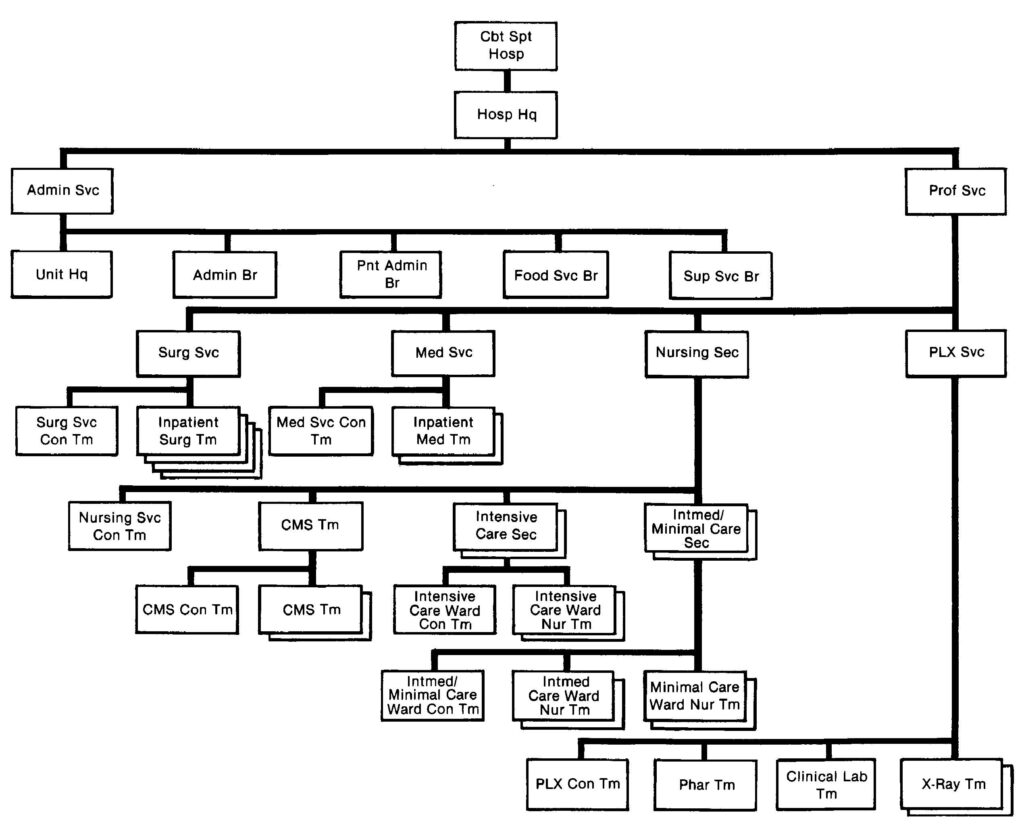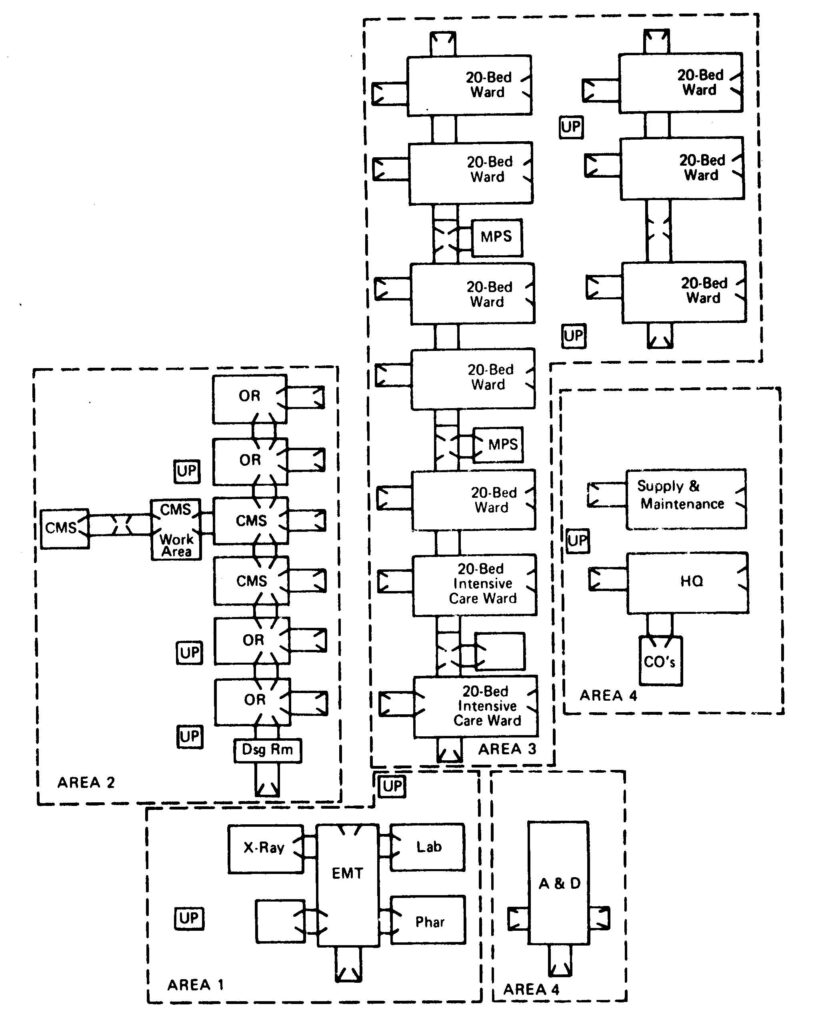1-1. SCOPE
This subcourse deals with various aspects of the operating room (OR) environment, focusing particularly on the physical environment, aseptic technique, surgical nomenclature, responsibilities of personnel, operating room team, ethics, certain policies, and safety measures. The OR specialist should have a full appreciation of these matters in order to understand departmental rules and policies and to know how his important role in the OR contributes to safe and effective patient care.
1-2. PURPOSE
The purpose of this subcourse is to assist the OR specialist in gaining or renewing an understanding of the area in which he is assigned and an appreciation of the strict discipline under which members of the OR team work in their unceasing effort to render the best possible care to the patients entrusted to them. Accordingly, this text is directed toward the OR specialist.
1-3. APPLICATION OF MEDICAL PROCEDURES
An OR specialist may be assigned to any one of a variety of Army hospitals in the United States (US) or in a foreign country. The mobility of an Army hospital determines in part the amount of supplies and type of equipment it uses. This in turn may affect the manner in which the OR specialist applies various medical procedures.
NOTE: Mobility refers to the ability of a unit to move both personnel and equipment from one location to another, using its own transportation. A fixed unit is one that cannot change locations because the structures housing it are of a permanent type.
a. Mobility. Some Army hospitals are more mobile than others. For example, a combat support hospital (CSH) (see figures 1-1 and 1-2) utilizes medical unit self-contained transportable (MUST) equipment and modular structures. The basic CSH can be transported to a new location in four loads. On the other hand, a general hospital is fixed.

| Admin = Administrative
Br = Branch Cbt = Combat CMS = Centralized Materiel Service Con = Control Hosp = Hospital HQ = Headquarters Intmed = Intermediate |
Lab = Laboratory
Med = Medical Nur = Nursing Pharm = Pharmacy PLX = Pharmacy, Laboratory, and X-Ray Sec = Section Surg = Surgical Svc = Serv |

b. Supplies and Equipment. Fixed hospitals are capable of storing bulky and heavy supplies whereas mobile hospitals have a limited storage capacity. In addition, the equipment used in a CSH and many other mobile table of organization and equipment (TOE) medical units is characteristic of the compact, lightweight, and portable type, but it is usually quite similar in both appearance and operation to the equipment used in permanent (fixed) type hospitals.
c. Guidance by Supervisor. The OR specialist may find that a smaller variety of items, both supplies and equipment, are available in a mobile medical unit than in a fixed medical unit. This factor of having less supplies and equipment to work within certain hospitals indicates that the OR specialist may need to make adjustments in the method of performing some of his assigned duties. In some instances, he may need to improvise, as prescribed by his supervisor, in order to perform certain procedures. Furthermore, the type of improvisation required may vary from one hospital to another, depending upon the type of equipment that is available at a given time.
(1) Operating room supervisors and surgeons frequently prescribe the policy to be followed by personnel under their supervision.
(2) Therefore, in this and other subcourses related to the OR. specialist, principles and safeguards are stressed. Methods and techniques are discussed for the benefit of those specialists assigned to hospitals and other medical units where standing operating procedures (SOP) have not been developed or are incomplete.
